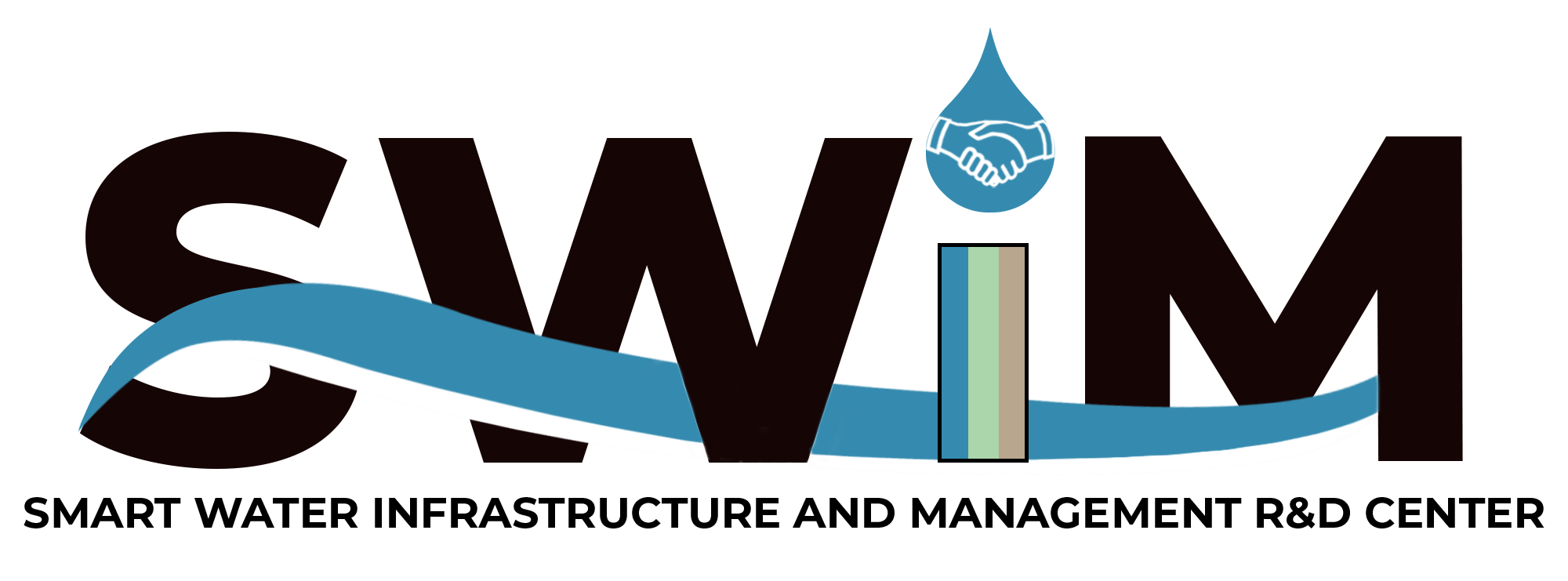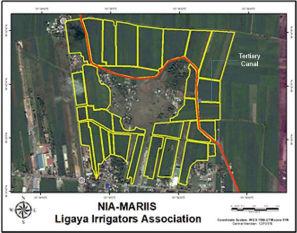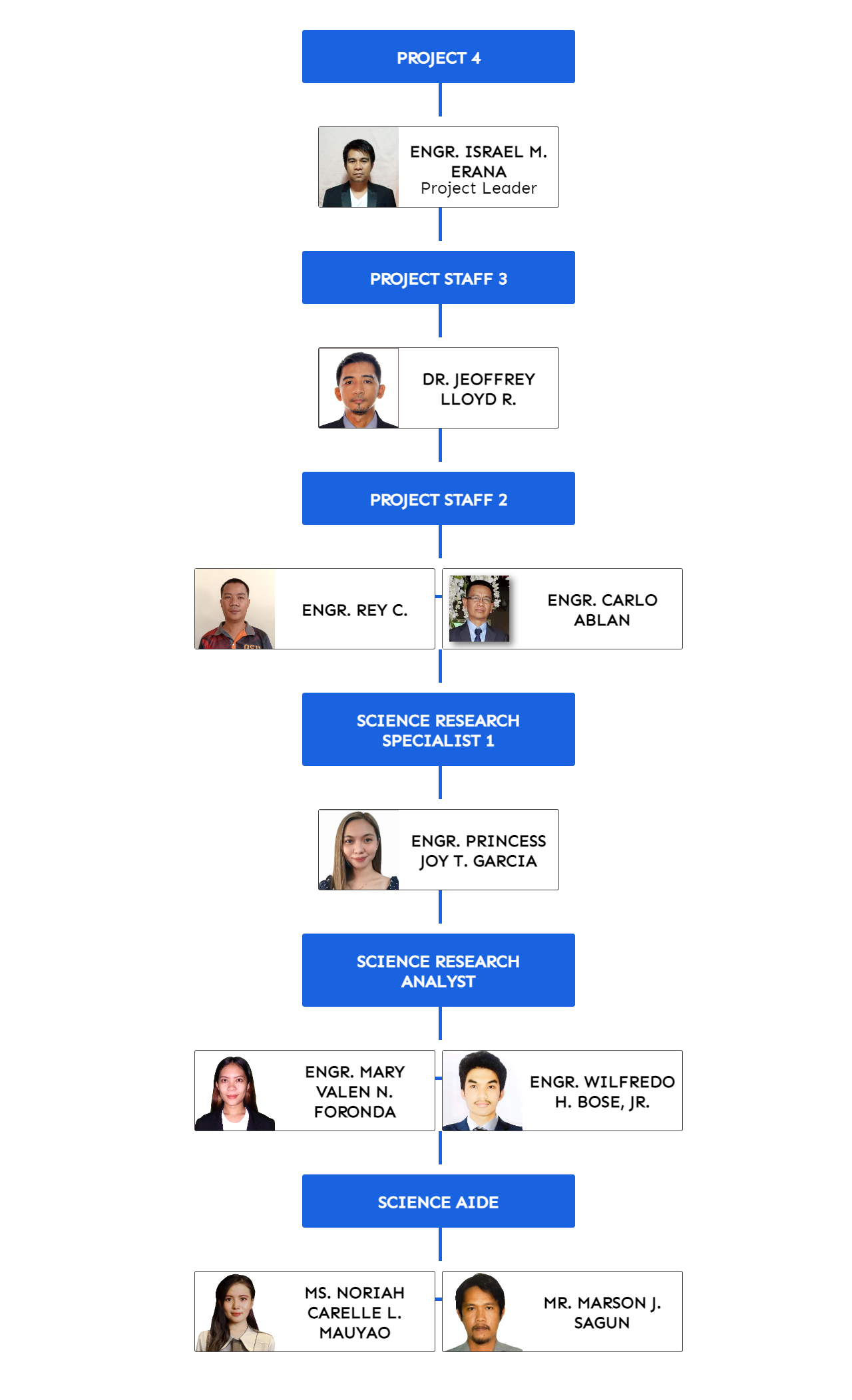Agriculture sustainability is important in the context of climate change and scarce water resources. Today, farmer’s practices on water management is crucial with the very low water use efficiency and water productivity. Recent studies on benchmarking the performance of the National Irrigation System and Communal Irrigation Systems, performance efficiency index were classified as low (Balderama, O. F.. et al., 2015). The contributory factor for this low performance index is the uncontrolled usage of irrigation water specifically in the upstream section of the system while the downstream section experiences water shortages particularly during the dry cropping season.
Given the water resource projections, the agriculture sector needs to undergo significant transformations in order to meet the related challenges of food security and climate change. The harmful impacts of climate change help explain why sustainable development may often be unsuccessful in developing countries (Lasco, et al 2007). Because of limited resources, the Philippines, like other developing countries, is among the hardest hit in Southeast Asia in terms of climate change and sustainability development.
The Philippines water allotment in agriculture sector for its irrigation is one of the highest, next to the industrial and domestic uses. In a 2007 report [1], the agriculture sector consumed around 85.27% of the country’s water supply. It also predicts a water deficit will occur in 2025, that only 1,907 cubic meters of fresh water would be available for each person per year.
There are 85% of provinces experienced drought on February 2015 – July 2016: Iloilo, Guimaras, General Santos City, Isabela, Quirino, Bukidnon, Davao del Sur, Basilan, Bohol, and Cebu declared a state of calamity. Ten (10) billion pesos in crop damages including rice, corn, cassava, banana and rubber, over 400,000 farming households and 556,000 ha affected, 23% decline in fish catch and 600 million pesos defensive expenditures. (Sources: Hilario et al. 2009, Department of Agriculture 2010, Perez et al. 2016, FAO 2017)
Cognizant to the adverse effect of climate change to water resources, water saving technologies should be given priority to taper its effect. Water savings technology which has great potential for adoption is the alternate wetting and drying (AWD) method. Although this technology has been introduced since 2002 adoption was low. Farmers were hesitant to adopt the technology because it is cumbersome to practice or implement since irrigation water is quite abundant especially in fully irrigated system like the NIA-MARIIS. However, the resource is dwindling or unpredictable in the context of climate change. Additionally, demand for its use in the domestic sector will be another threat for its availability. For instance, the adjacent cities of the Magat Reservoir might soon demand water for domestic use for their sprawling population, since, the urban cities like Santiago and Cauayan City are dependent on groundwater resource wherein extraction of this resource has a limitation. In fact, in a related study conducted by Alvarez, et al., 2020 the groundwater demand extractions will exceed the allowable or safe groundwater yield of 2,000 li per second (NWRC and NHRC, 1983) in 2040. On the other hand, another city which will potentially resort to surface water for its domestic water supply is Santiago city which is now experiencing water deficiency supplying its subscribers round the clock. As a measure, the water utility is implementing a rotational service schedule for its subscribers.
Hence, the need to save water shall be implemented to optimize water use efficiency and productivity for future use and possible expansion of irrigated service area to cope up to the increasing demand on food and to address the issue on agricultural and domestic water sustainability. The advent of information technology could be of great advantage to make agriculture a smarter endeavor, i.e., introduction of new irrigation technology to conserve water and produce good quality crop. Such technology is the automated irrigation systems which provides high crop yield, save water usage compared with conventional systems (Mulas 1986), facilitate high frequency and low volume irrigation (Abraham et al. 2000) and also reduce human error (Castanon 1992).
In addition, the wireless system is low cost technology where the Radio Frequency and GSM Module operates at different range of radio frequency. The use of wireless system allows objects to be controlled remotely over a network, creating an opportunity for an interaction between the physical world and wireless system which provides many economic benefits. Through this technology, irrigation system could be automated from the source of irrigation water down to the farm level.
Thereby we aim at developing cutting-edge technologies implementing and/or applying wireless technologies in the field of agriculture mainly in the area of water management particularly focuses on an irrigation system that controls the water distribution and determines the amount of water to provide for a given area in the farm.
Objectives
Generally, we aim at developing cutting-edge technologies implementing and/or applying wireless system in the field of agriculture mainly in the area of water management particularly focuses on automated irrigation monitoring and control systems.
Specific Objectives are as follows:
- Conduct assessment, analysis and develop model of the study area;
- Design and fabricate sensor modules for remotely monitoring, controlling and triggering mechanisms for an automated irrigation system;
- Pilot test the system in a selected Irrigators’ association (IA) of the NIA-MARIIS irrigation system.
- Conduct economic assessment of the system.
Outputs
Products
People Services
Publications
Patents
Partnerships
Policies
Beneficiaries
- Individual Farmer/ Associations
- National Irrigation System
- DA/LGU extension workers and agriculturists


